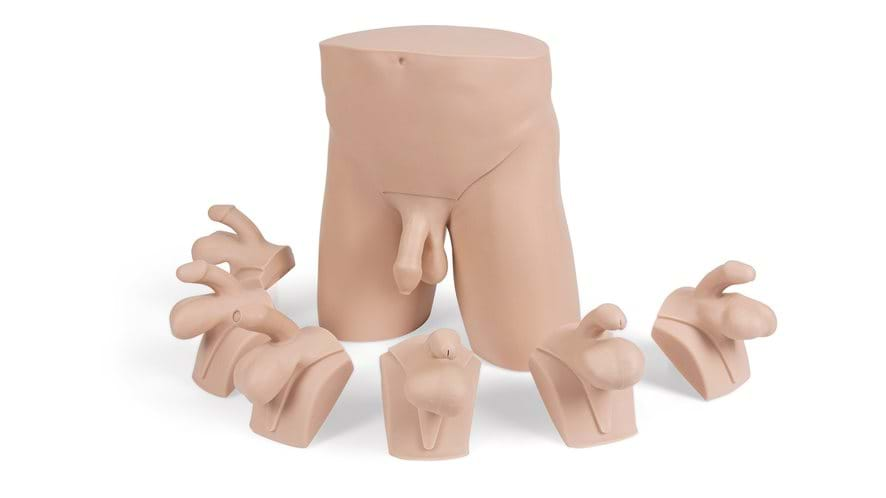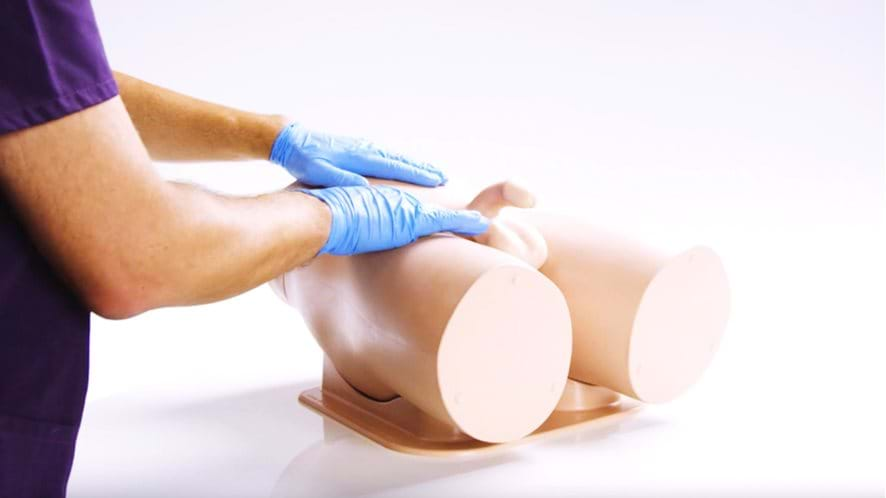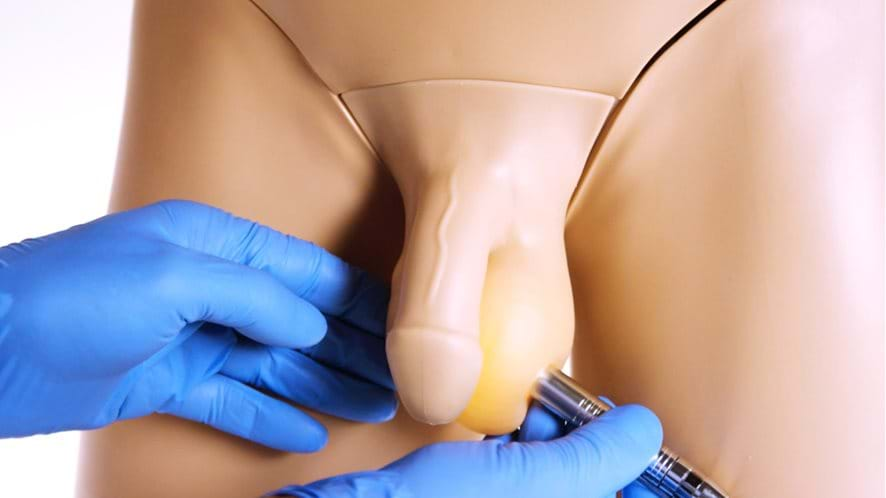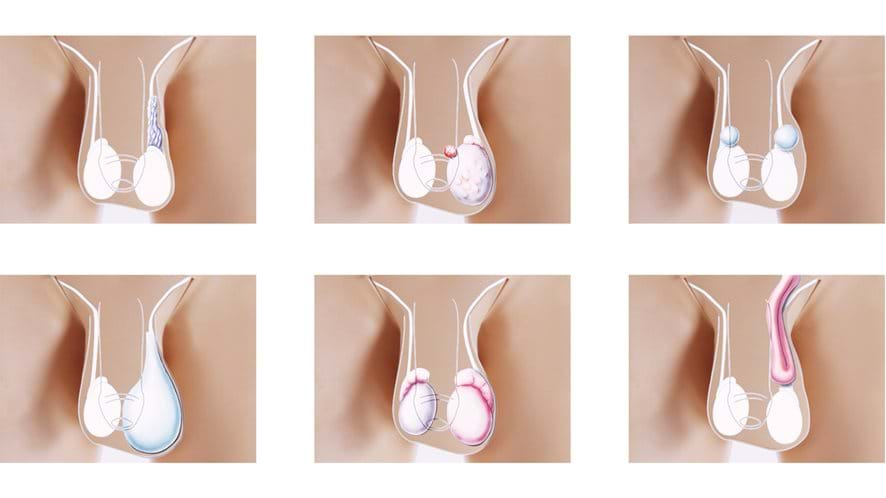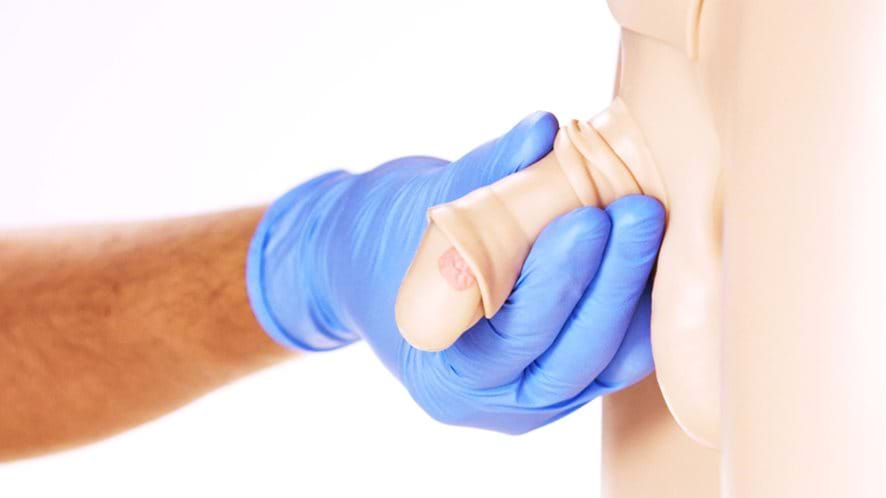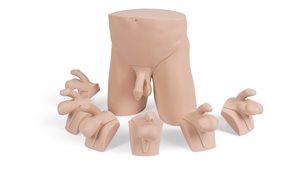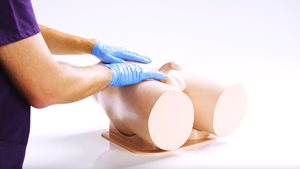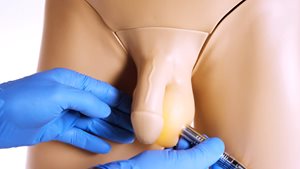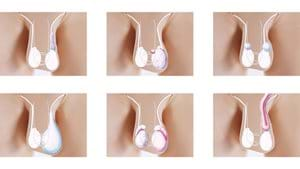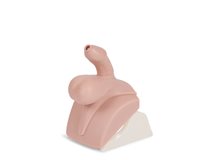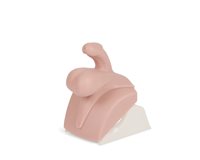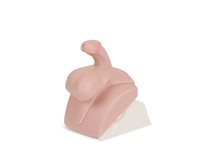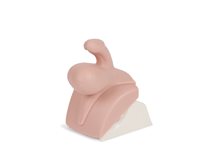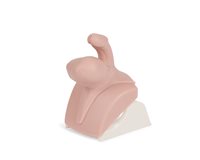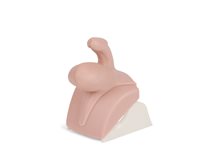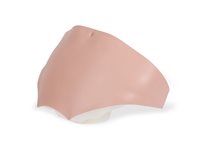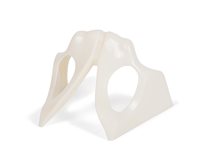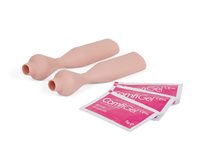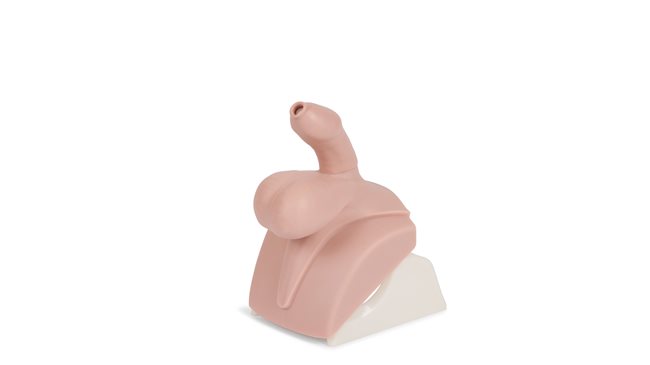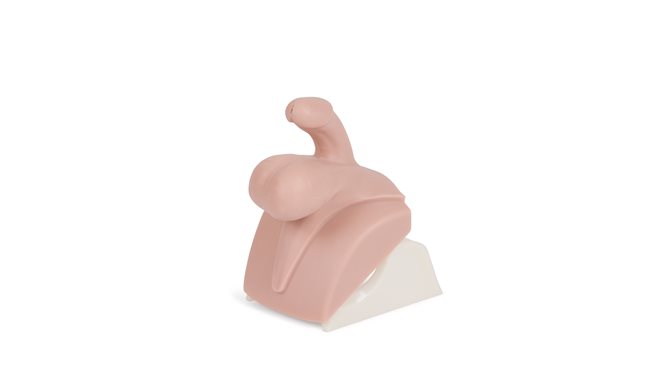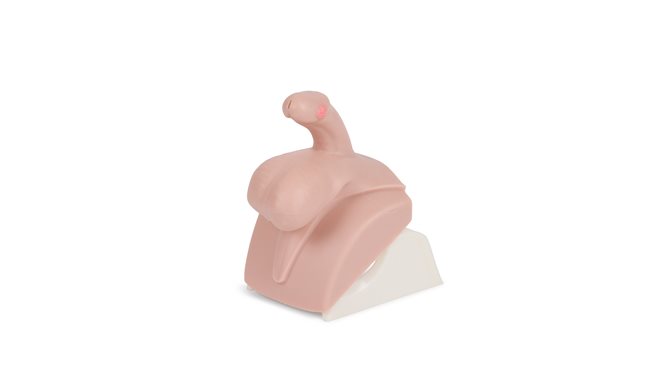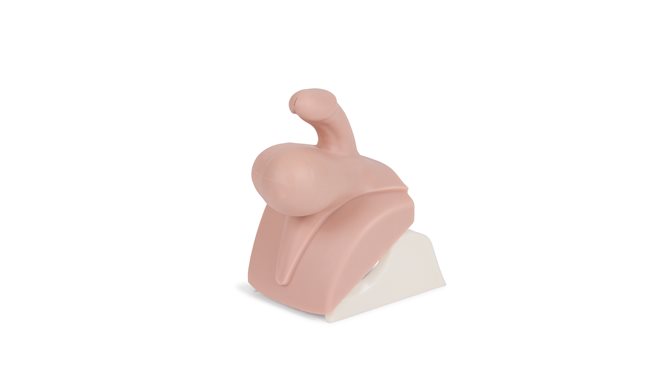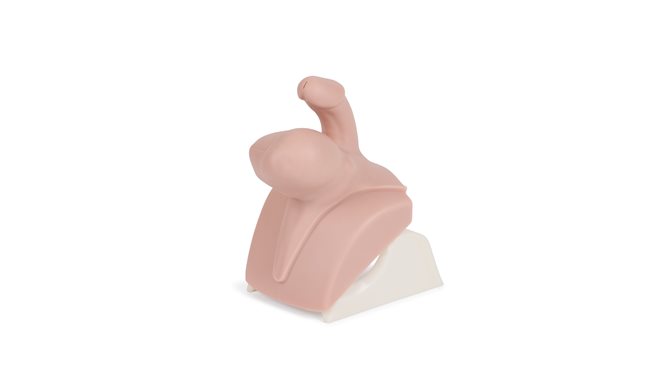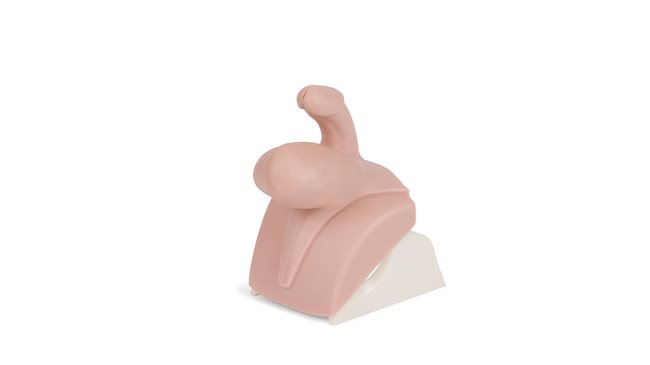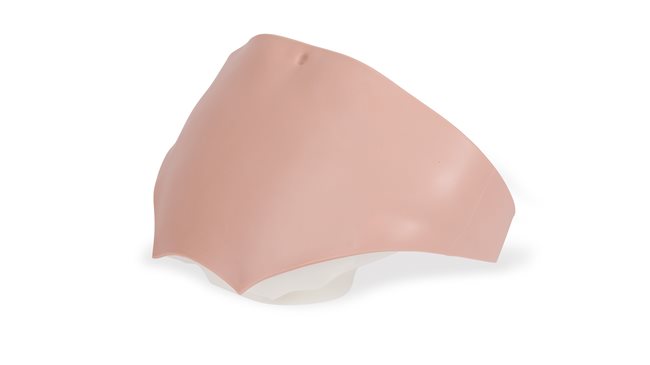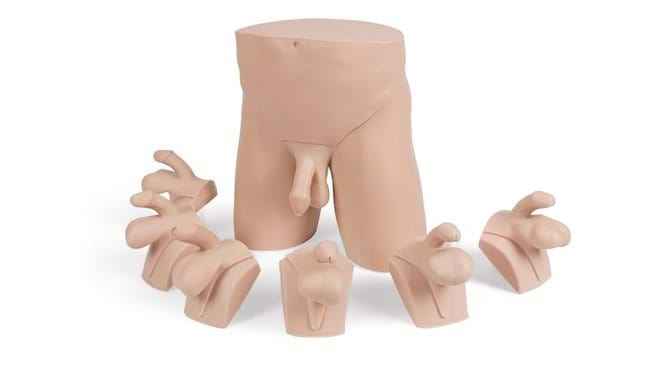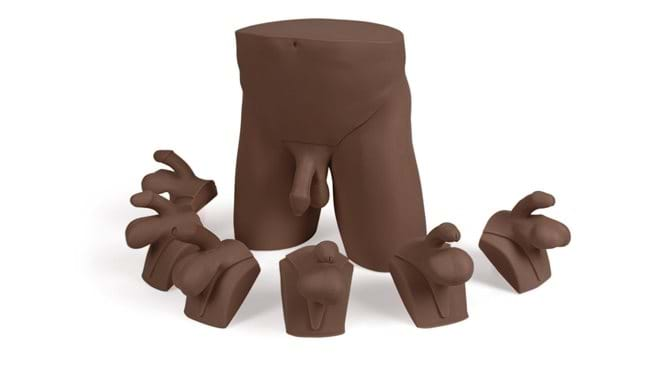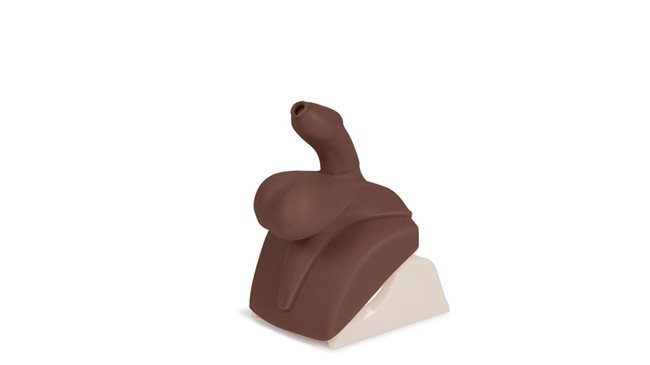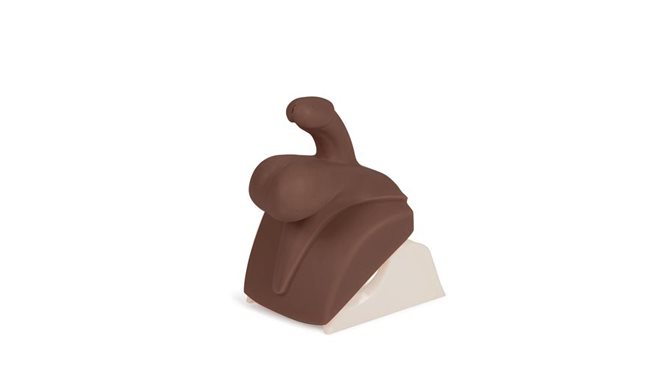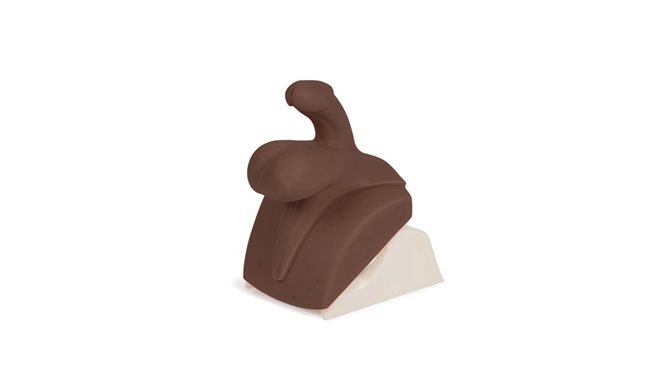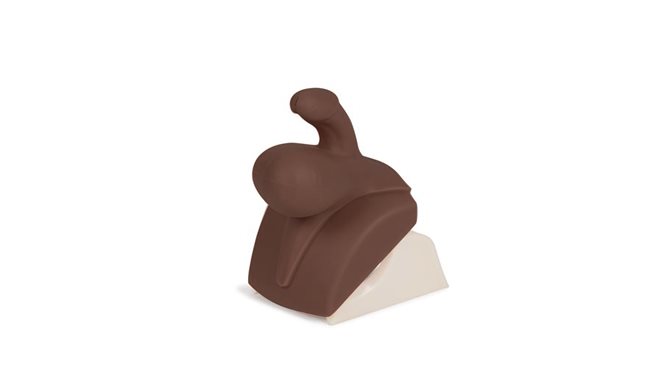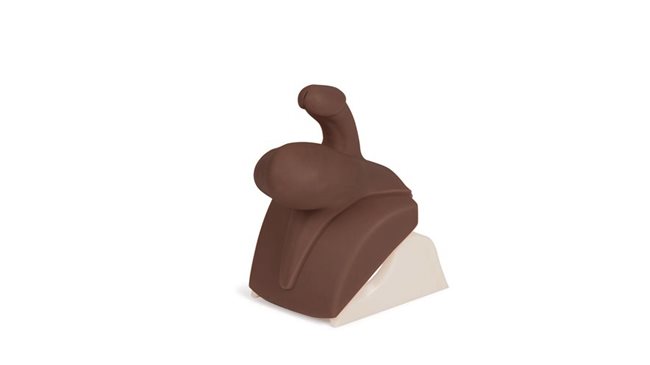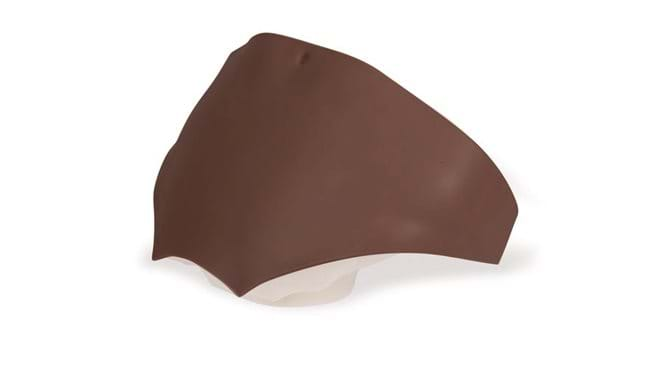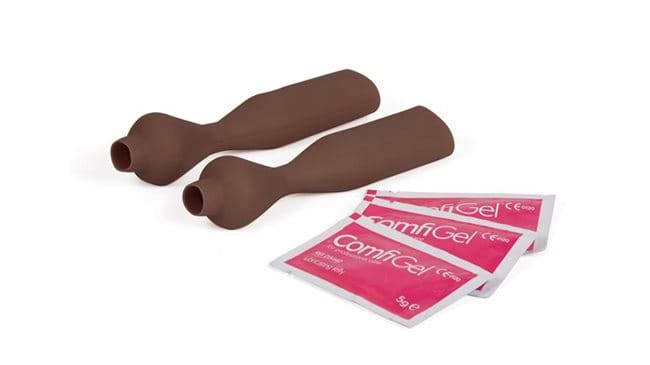Clinical Male Pelvic Trainer (CMPT) Mk 2 - Advanced (Light Skin Tone)
The anatomically accurate Clinical Male Pelvic Trainer (CMPT) is the ideal platform to teach hands on male pelvic examinations. As well as the normal male anatomy, the Advanced model comes with 6 pathological penile modules for a varied learning experience.
What modules are included in the male examination range, and what do they represent?
Module 1 – Normal anatomy: Representation of a healthy adult male
Module 2 – Varicocele: Visible or palpable enlarged veins ascending from the testicle
Module 3 – Testicular Tumour (Teratoma) and Penile Cancer: Solid mass within the left testicle and within the glans of the penis
Module 4 – Epididymal Cysts: Bilateral cysts at the head of the epididymis
Module 5 – Hydrocele: Accumulation of fluid around the testis
Module 6 – Epididymitis/Epididymo-orchitis: Enlarged and nodular appearance of epididymis, and enlarged testis and epididymis
Module 7 – Indirect Inguinal Hernia: Enlarged scrotal sac because of the intruding small bowel
All aspects of male genital examination can be performed on this simulator:
- Inspection – Level, swelling, oedema and masses or the testes, pulling back of the foreskin to assess for penile cancer
- Palpation – feeling the inferior, middle and superior parts of testes, detecting the superior and inferior poles of the epididymis, and feeling the neck of the scrotum with thumb anteriorly and index finger posteriorly
This trainer was developed in collaboration with experts from:
- The Clinical Skills Resource Centre, University of Liverpool, UK
- Imperial College, London, UK
- Guy's Hospital, London, UK
- Southmead Hospital, Bristol, UK
- University of Southampton, UK
Reference: Journal of Surgical Education, Volume 74, Issue 3, May-June 2017
"Our study demonstrates that the CMPT MK 2—Advanced models have high “face validity” and may be a valuable tool for surgical education. The use of these models should be explored for use in the curriculum at medical school."
Overview
- Anatomically accurate male simulator that allows for realistic practice of the male pelvic exam
- 7 supplied modules give a wide variety of pathologies to identify
- A Foreskin Pack is included to practice procedures on both circumcised and uncircumcised anatomy
Realism
- Soft tissue genitals and abdominal wall
- Clear anatomical landmarks allow for a realistic palpation experience
- Penis, foreskin and scrotum respond in a life-like way under examination, adding realism
Versatility
- Allows training of male pelvic exam in both standing and supine positions
- CMPT modules are quick and easy to change
Cleaning
- Clean product surfaces with a soft damp cloth, warm water and mild detergent, after every training session
- Allow to dry thoroughly before storing
Safety
- External surfaces are latex free
- Interior anatomy of Module 5 (Hydrocele) and Module 7 (Indirect Inguinal Hernia), contain latex
- Only use water-based lubricant on the CMPT range
- Lubricate the foreskin before attaching it to the training module
- Do not leave foreskin on the model when not in use
- Wear gloves when handling the simulator, sharp surfaces such as jewellery and fingernails can damage silicone parts
Simulated Patient
- The Clinical Male Pelvic Trainers can be used with a simulated patient
Anatomy
Anatomy of the groin:
- Anterior Superior Iliac Spine (ASIS)
- Pubic symphysis and tubercles
Anatomy of male genitalia:
- Penis with attachable foreskins to simulate circumcised and uncircumcised anatomy
- Scrotum containing testicles with epididymis and vas deferens
Pathological representations of:
- Testicular tumour and penile cancer
- Epididymal cyst
- Varicocele Orchitis/Epididymo-orchitis
- Hydrocele
- Indirect Inguinal Hernia
Skills Gained
- Correct examination procedure of the male pelvis
- Dry catheterization
- Professional-to-patient communication
Examination and evaluation of:
- Normal anatomy
- Testicular abnormalities and penile cancer
- Abdominal and pelvic pain
Comparison |
Product No. |
||
|---|---|---|---|
| What's included | 60951 | 60950 | |
| 60952 | CMPT Module 1: Normal | Yes | Yes |
| 60953 | CMPT Module 2: Varicocele | Yes | No |
| 60954 | CMPT Module 3: Tumors | Yes | No |
| 60955 | CMPT Module 4: Epididymal Cysts | Yes | No |
| 60956 | CMPT Module 5: Hydrocele | Yes | No |
| 60957 | CMPT Module 6: Orchitis/Epididymo-orchitis | Yes | No |
| 60958 | CMPT Module 7: Indirect Inguinal HernIa | Yes | No |
| 60959 | CMPT Abdominal Insert | Yes | Yes |
| 60960 | CMPT Pubic Bone | Yes | Yes |
| 60961 | CMPT Foreskins Pack (contains 2 foreskins & 3 lubricant sachets) | Yes | Yes |
| - | Lower torso | Yes | Yes |
| - | Support Base | Yes | Yes |
| - | Carry case (trainer) | Yes | Yes |
| - | Carry case (modules) | Yes | No |
References
Postgraduate Junior Doctors
CPMEC Australian Curriculm Framework for Junior Doctors v 3.1, 2012, p.7: History and Examination: Performs a comprehensive examination of all systems; Elicits symptoms & signs relevant to the presenting problem or condition. Discriminates between the possible differential diagnoses relevant to a patient's presenting problems or conditions
Specialist GP Trainees
Undergraduate Medicine
Can trainees practice catheterization on the Clinical Male Pelvic Trainer?
Yes, the CMPT can be used to practice dry catheterization techniques. However, if you’re looking to do more extensive training in this procedure, the Male Catheterization Trainer range may be more suited to your training needs.
Is it possible to use transillumination on the male pelvic simulator to identify pathologies?
Using the supplied LED Pen Torch, transillumination can be performed on the scrotum. For example, on Module 4, illuminating the scrotum will allow trainees to visually identify the two Epididymal Cysts.
Can the CMPT be used to simulate cancer in male genitalia?
Yes, Module 3 can be used in the identification of two presentations of cancer. The left testicle has a solid mass with an irregular surface, representing a Testicular Tumour or Teratoma. The penis has visual lesion, the lump is solid and has an irregular surface, representing Penile Cancer.



